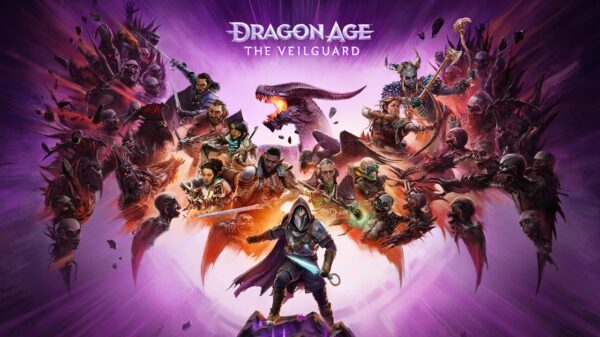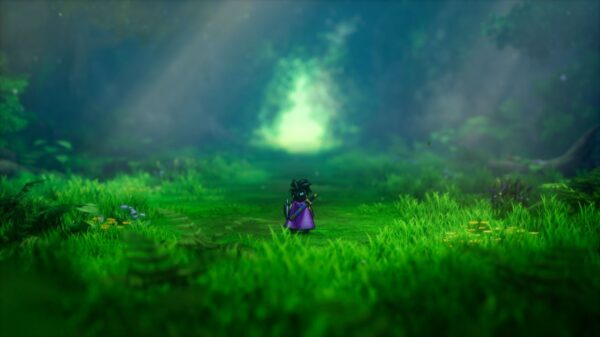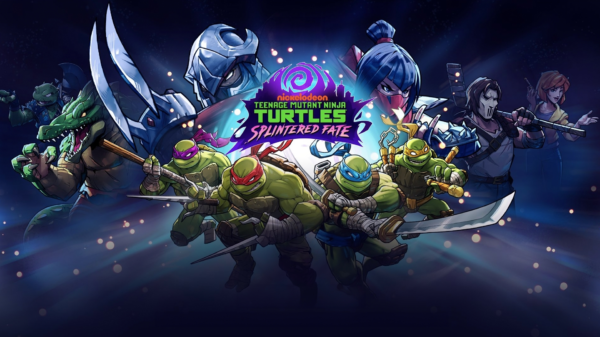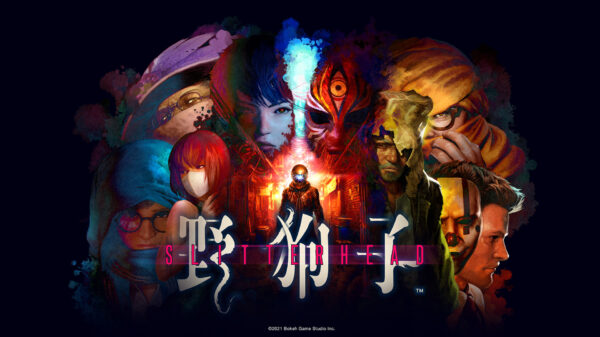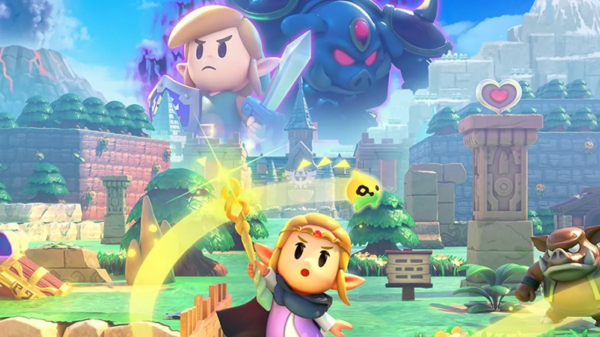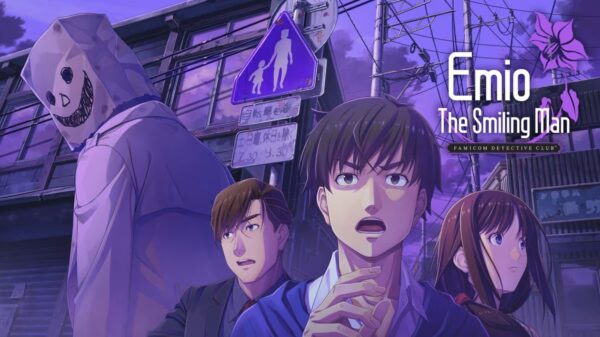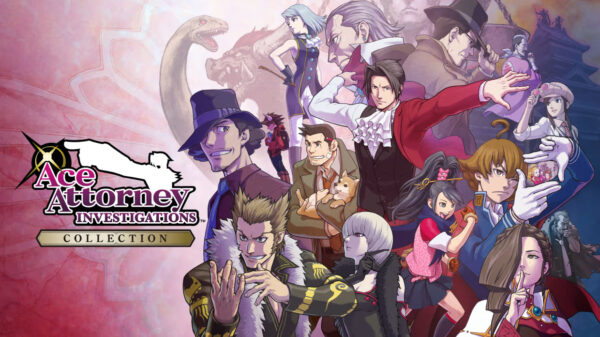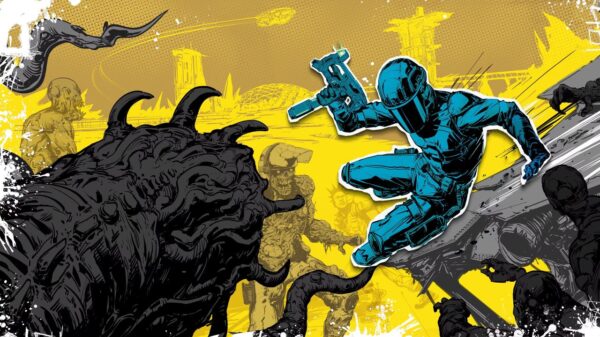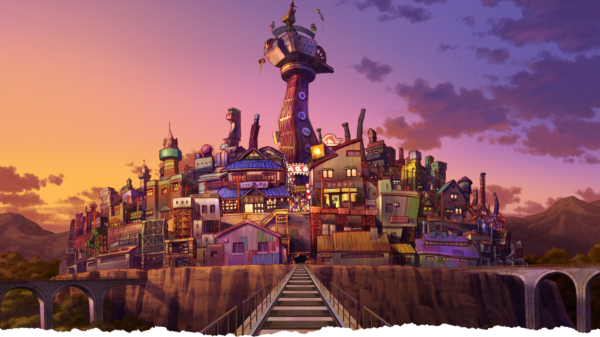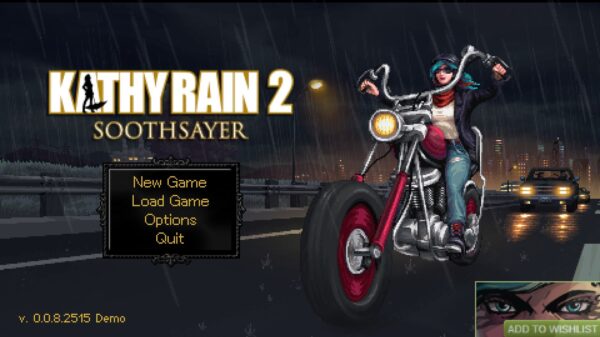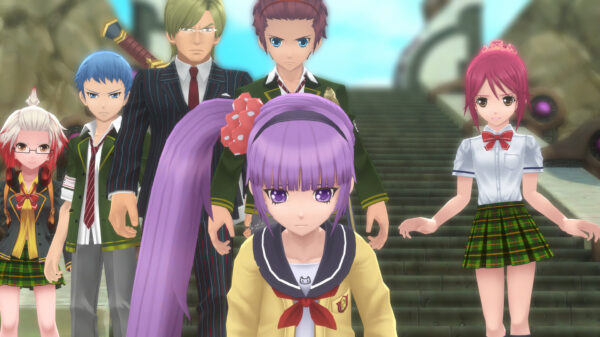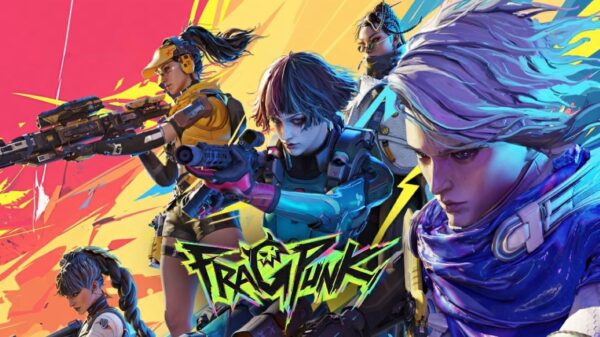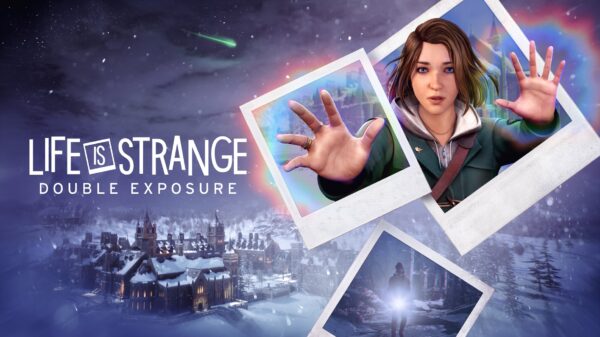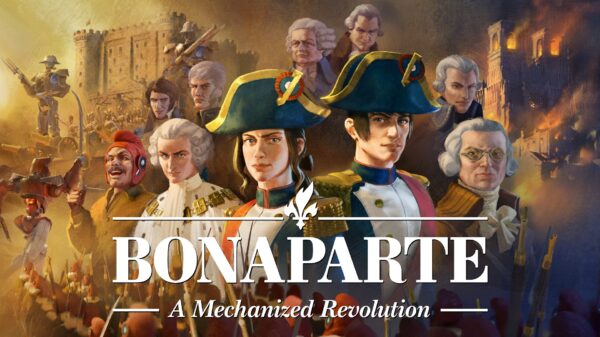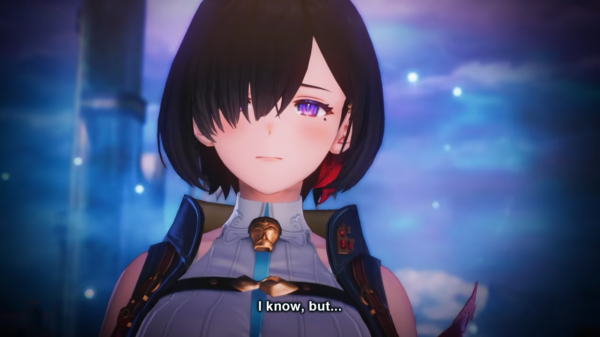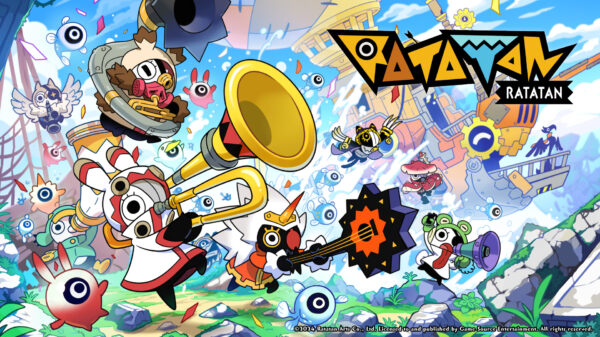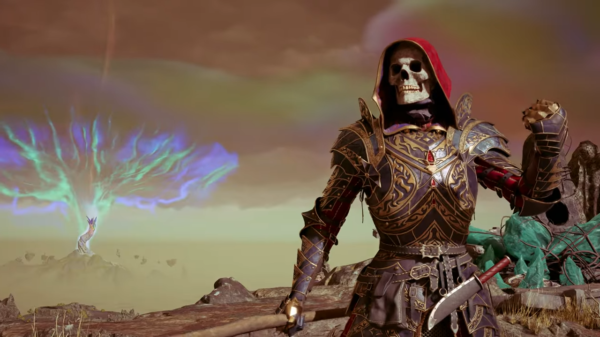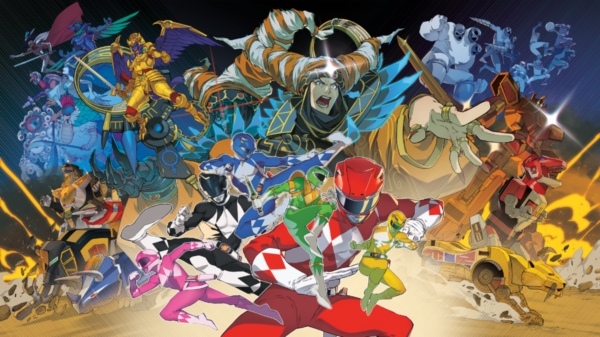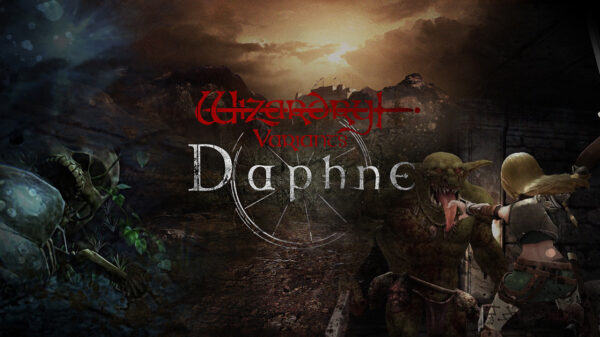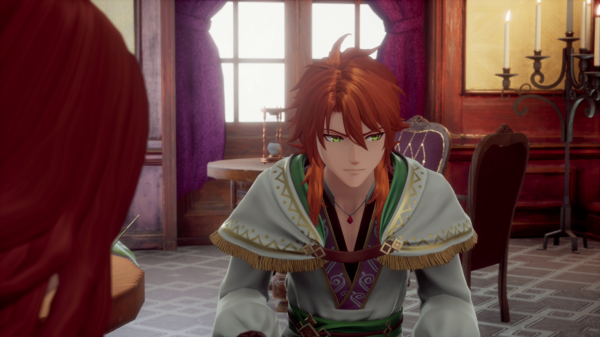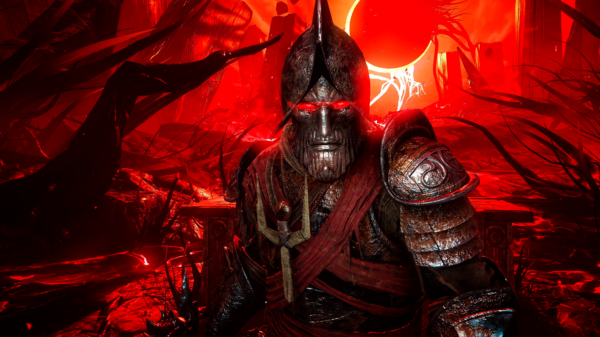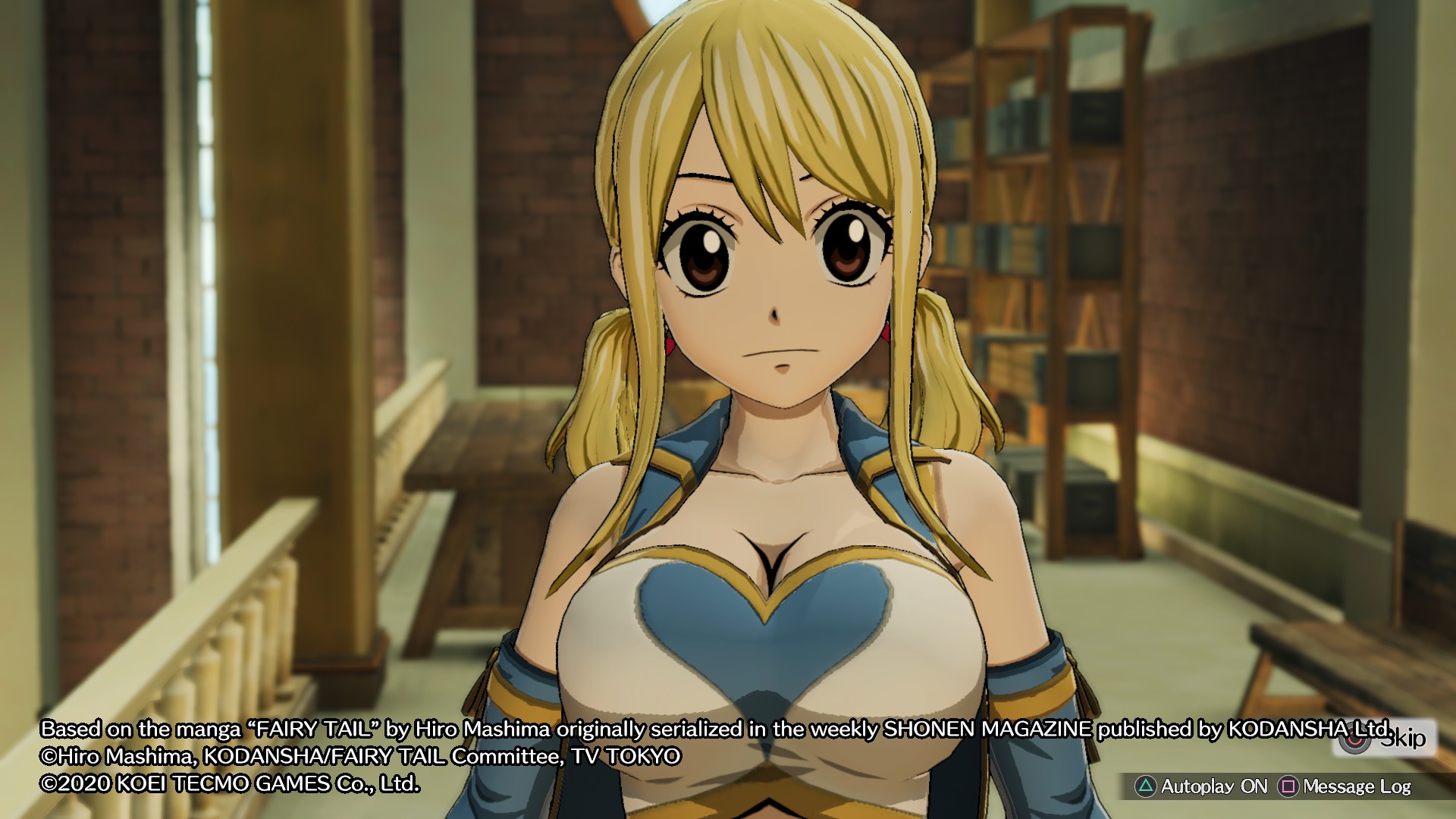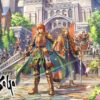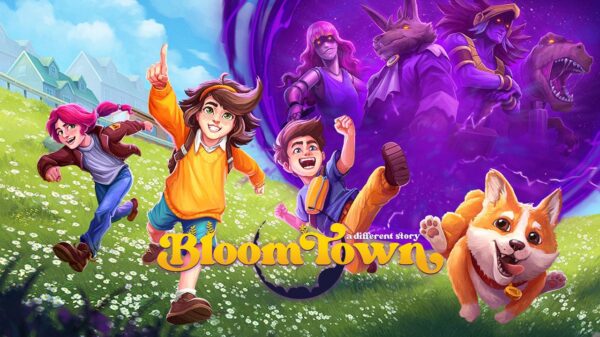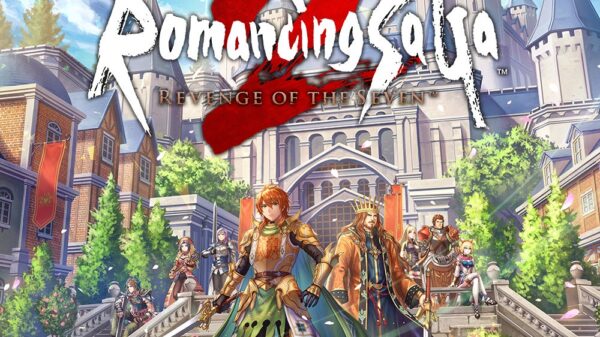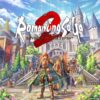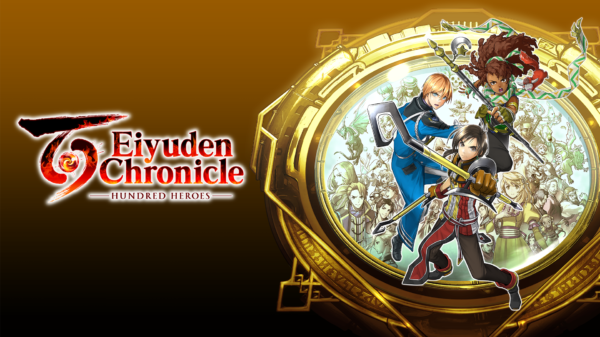It’s always interesting going into a game that exists in other forms of media that you are unfamiliar with. I’m absolutely a JRPG fan. I have not kept up with Fairy Tail as a series. While Fairy Tail doesn’t spin the genre on its head, by any means, it does focus on a few underutilized themes that many JRPGs don’t bother with and, as a result, makes the game seem somewhat unique. Having no experience with the source material, I went into Fairy Tail completely blind. I had every opportunity to become familiar with the series but I intentionally ignored it so I could go in blind. I found the story to be fairly palatable but just relying a little too hard on every trick in the wacky story playbook.
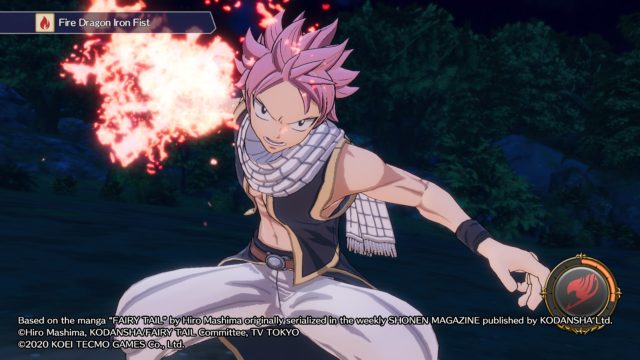
Fairy Tail
Developer: Gust Co. Ltd.
Price: $60
Platforms: PC, Nintendo Switch, Playstation 4 (Reviewed)
MonsterVine was provided with a PS4 code for review
The story in Fairy Tail starts out in a situation that should confuse no one. The world of Fiore is stacked with competing mage’s guilds. Fairy Tail, the guild with our protagonists, has been gone for seven years and has fallen to the bottom of the heap. The guildhall was a mess, the numbered ranking had bottomed out, and they were even considered a D-class guild. As a result, I was tasked with restoring Fairy Tail to its former glory. In order to do this, I started helping people out in the world by completing bulletin board requests. The easy route here would have been a bunch of kill X quests with a little flavor text surrounding them. Fortunately, while some of those quests exist, the lion’s share of bulletin board requests have a decent amount of story built around them.
In fact, as a story newbie, everything started making a lot more sense once I was knee-deep in requests. What surprised me is how well I was learning the world of Fairy Tail by completing side-quests and character stories, another method of storytelling and side-questing called. Character stories are exactly what you’re expecting them to be, simple side-quests. Each character story involves groups that go on a small adventure unrelated to the main story to give exposition on the characters and how they’re dealing with the world. While I was rewarded with currency and some items the big prize was understanding. I felt like I was being introduced to the story better by learning about the character roster I had just been acquainted with and their motives for why they’re a part of Fairy Tail.
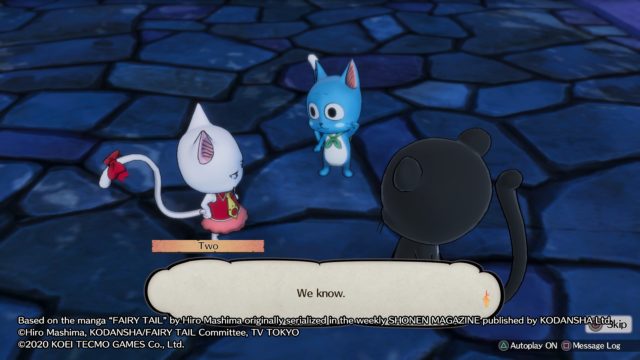
Brilliantly, Gust has taken a long-running anime/manga series and made it palatable for someone who has absolutely no understanding of said series. And if you’re still confused by what’s happening in the game, there’s an in-game encyclopedia which is fairly robust. I was shocked at how well I was understanding the story despite being thrown into the middle of it. However, even with all the context and exposition I was given, it still wouldn’t prepare me for some of the exciting story threads this game lays down. I won’t spoil it but we’re talking dragons, giant weapons, and time traveling. Despite all of these things, as a JRPG fan, I felt right at home.
When it was explained that the guilds of Fiore were full of mages, I was worried the combat would be a bit of a slog. Imagine a Final Fantasy team of all black mages. Sure, it works, but if you’re out of MP you’re kinda boned without ethers, and I imagined every fight having the combat broken up because I had to reach into my bag and pull out a magic regen potion. How wrong I was. First and foremost, your basic attack is essentially useless. I don’t even know why it’s even offered but it sits there tempting you to smack it repeatedly as if it were a 2D Final Fantasy game. Magic is the key, magic is the weapon. Some spells are extremely simple, resembling a very basic melee attack accompanied by an elemental blast. The most MP-consuming spells however resembled cut scenes. Lucy’s Urano Metria for example has a very long casting time with two Lucy’s joined together to release a large amount of magic on the whole board. Urano Metria takes 41 seconds to cast, I timed it. Every fight ends with you restoring some of your MP, and when fighting multiple enemies, killing one of them will restore some MP to everyone that attacked it. The combat is built around making sure your team isn’t constantly out of the good stuff.
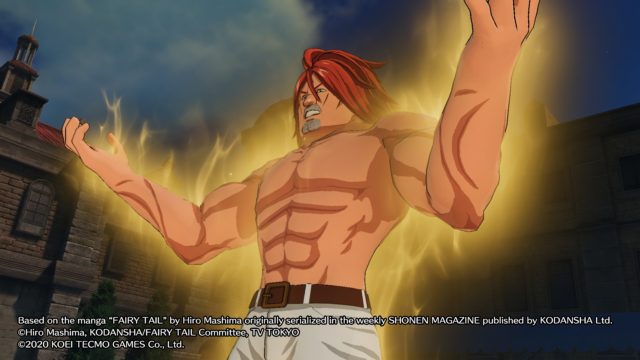
Along with the constant magic usage is a grid-based battle system. My team stood on a single line while my enemies were on a 3×3 grid. Each spell affects a certain number of spaces allowing variety in spell casting. I wasn’t entering battles and using the same few spells to wipe up my enemies. Generally, it was a mix of abilities to hit the squares my foes stood on. Likewise, with the amount of teammates I was given throughout the entire game (with more to come through DLC) I had no shortage of new abilities to use. Another worry of mine, scrolling through an endless list of spells that are all roughly the same. Again, I was surprised that while the skills do keep coming, in order to reduce the number of skills necessary to keep up with your enemy’s widening HP pools your spells begin to upgrade throughout the game. As your spells get upgraded they require more MP but deal much more damage.
I was also given several tools to make the combat a little snappier. Some of the mages could enter a counter stance, allowing me to slap the circle button while being attacked to attack back after the enemy’s attack was finished. A little bar under each character portrait allowed the character to enter an ‘awakened’ state that restored their HP, improved their stats, and gave them HP/MP regeneration every round. Awakening could also be triggered to cancel out an enemy’s attack, allowing for a little strategy. And if that wasn’t enough, a circular bar in the bottom right that allowed me to set off a chain attack. Chain attacks prove invaluable for boss fights and destroying the environment, a fun and interesting way to open up hidden paths. Allowing you to chain attacks and stack your damage in a single round almost trivialized some boss fights and also made clearing trash enemies pretty easy.
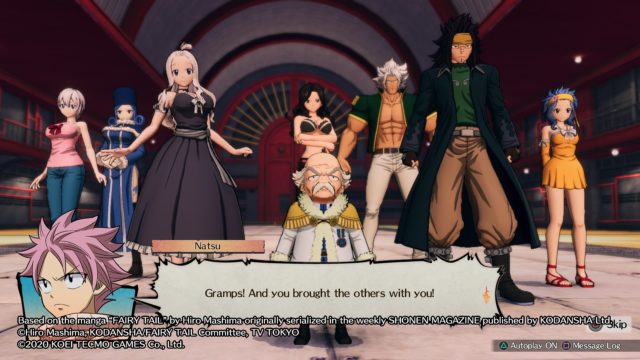
I was also shown each mage having an elemental attack and as a result a ‘weak/resist’ system in place that I felt was kind of weak itself. While ‘weak’ did more damage and ‘resisted’ abilities did less, it wasn’t so much that I even needed to pay attention. I think this is a result of the source material. Many of the mages focus on a single elemental ability and could be completely boxed out of some encounters if ‘resist’ was too strong. Unfortunately, this results in an unremarkable ‘weak/resist’ system that, if not present in the UI, you’d likely never notice.
Outside of the combat and the story, Fairy Tail’s trimmings are fairly weak. In a genre where music composers are titans of the industry, the soundtrack left a lot to be desired. Some tunes being run into the ground through overuse and some being just plain boring. There’s no English dub, which I’m sure is a positive to fans of the series but did nothing for me. Finally, the sound direction was just okay, with many spells just sounding like royalty-free versions of sounds used in other forms of media. If you have no attachment to the source material, Fairy Tail could be played on mute.
There were also a few oddities I noticed that I struggled to understand. In rebuilding the guild you’re given fun tasks to upgrade facilities in the guildhall. Primarily, it’s just money and finding an item out in the wild. Your enemy will always be marked, even in the world map, to show where they are to fight them and get the item needed to upgrade said facility. Still, I found it strange that there was no bestiary in the game to look up enemies and find out where they are. Because once you begin upgrading facilities you can do minor upgrades (remodels) that upgrade the facilities slightly further and those require item drops from enemies. However, without a bestiary, you’re just left to remember or do a lot of guesswork to find the items. I also ran into a bulletin board quest where all the battles were just black screens. I assume this is a bug that’ll likely get patched out but I could still fight through the battles thanks to auto-battle (big ups for including auto-battle by the way, Gust) but found it unusual that it happened. Also, the frame rate was what I would call very inconsistent on the Playstation 4. Sitting at a solid 30fps most of the time, occasionally it’d shoot up to 60fps for a few seconds and drop back down to 30. This became somewhat jarring after a while. I would have preferred a constant 60 but if that was unattainable, locking at 30fps would have been preferable.
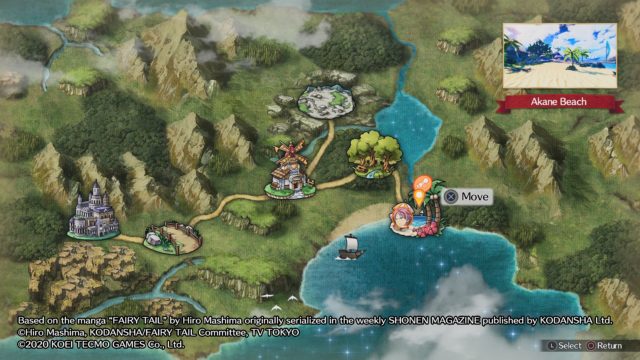
Another oddity that bothered me was off-screen characters that were never shown. This bizarre decision was likely made to avoid creating extra 3D models for characters that were only going to be used in certain parts of the story but it took me out of the game immediately upon happening. The characters would all look off-screen (at nobody, mind you) and a disembodied head in a portrait window would begin talking but you never actually see the person. I’ve seen this happen in a few games but never as poorly as done here. To say it was jarring would be an understatement.
The result of all of this is a very competent JRPG. I wasn’t quite sure what I was getting into going into Fairy Tail. What I found was a story that I didn’t really connect with but was interesting enough to keep me going. I also found a combat system that really worked for me. Between the grid, all the different mages, and all the guildhall/character upgrading was my jam. The music and sound did absolutely nothing for me and although there were a few strange design decisions here and there, the majority of the game sucked me in and made me want to keep playing, despite never having ingested the source material.

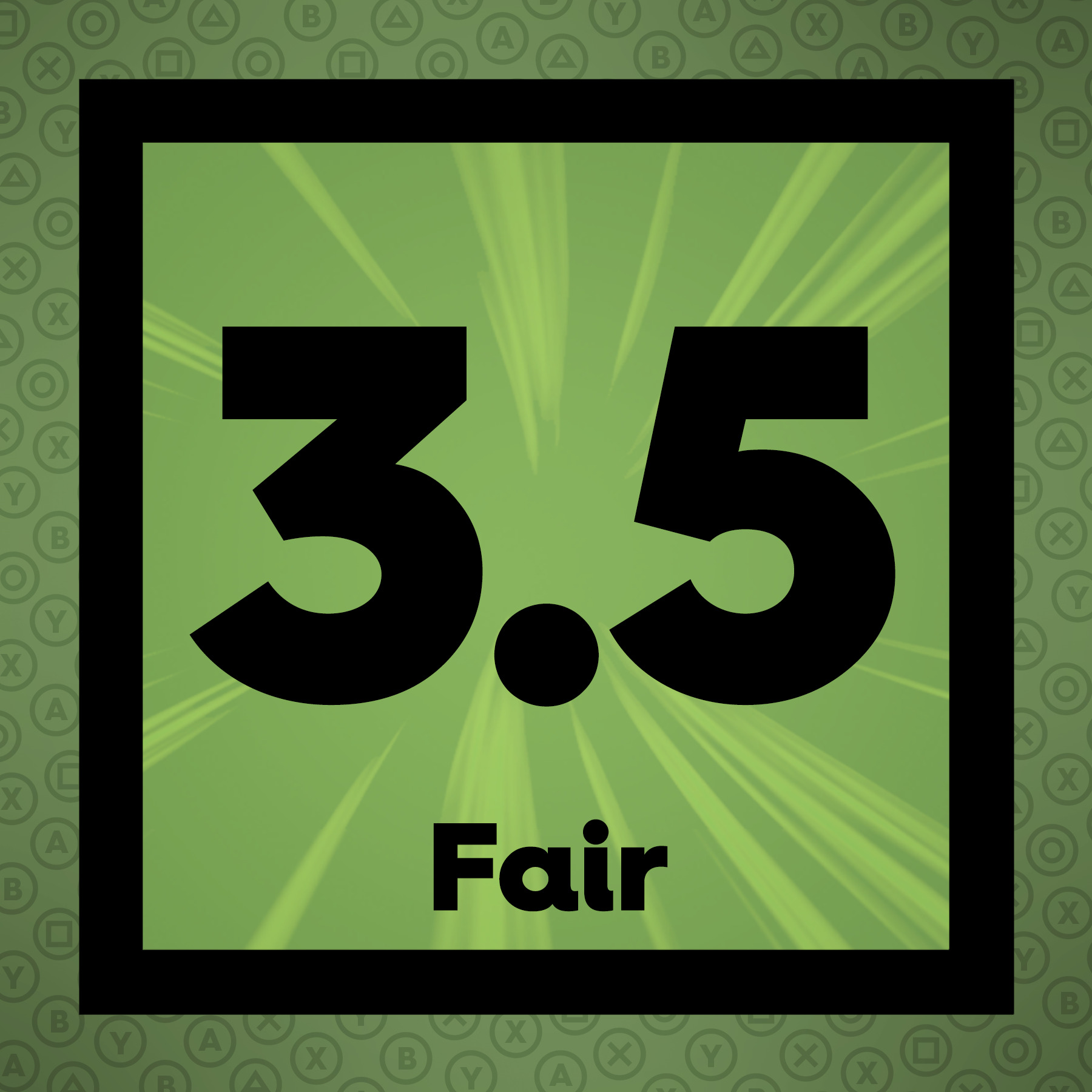 The Final Word
The Final Word
I think if you’re into either the anime/manga series or turn-based JRPGs you’re going to have a good time with Fairy Tail. It’s not the strongest turn-based JRPG and I can’t say that the game did anything to make me a fan of the source material but I had a good time playing through and completing everything in the game.
MonsterVine Review Score: 3.5 out of 5 – Fair

